Real vs Reel: Art imitates life or life imitates art?
Could ‘based on a true story’ be the new success mantra for Indian, Pakistani film-makers?
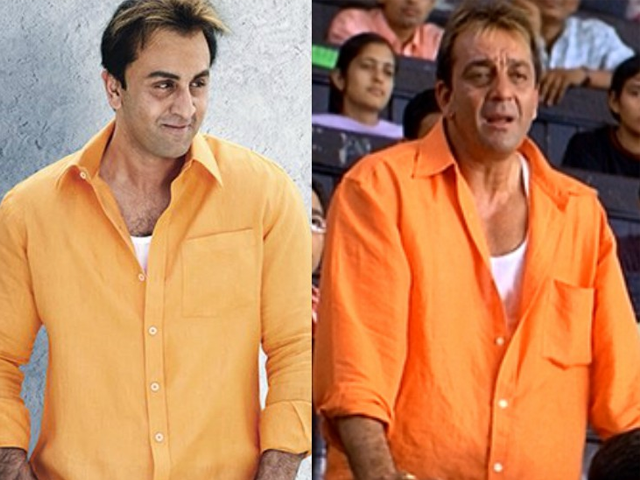
Real vs Reel: Art imitates life or life imitates art?
The writer claims to have met this woman, who married a Pakistani intelligence officer and extracted information from him to provide it to India. Said agent is also said to have tutored General Yahya Khan’s children.
https://www.instagram.com/p/Bh8qJq4Hot-/?taken-by=sonamkapoor
Needless to say, we cannot be too sure of Raazi getting a green light in Pakistan. Stories about war and patriotism are nothing new. But what is new is this concept of translating real-life stories into larger-than-life feature films for the big screen.
In recent times, this trend seems to have doubled its pace. Neerja (2016) charted the story of Indian air-hostess Neerja Bhanot, who gave her life to protect 300 passengers on a hijacked flight in 1986. Dangal (2016) was the real-life story of wrestler Mahvir Singh Phogat, who trained his daughters to become wrestlers as well. M S Dhoni, The Untold Story, as the title suggests, told the story of India’s most beloved cricketers. Azhar (2016), Sarabjit (2016), Mary Kom (2014), Gulaab Gang (2014), No One Killed Jessica (2011) and Talvaar (2008) have all been based on real-life individuals or events. And who can forget this year’s two biggest films: Padmaavat and PadMan.
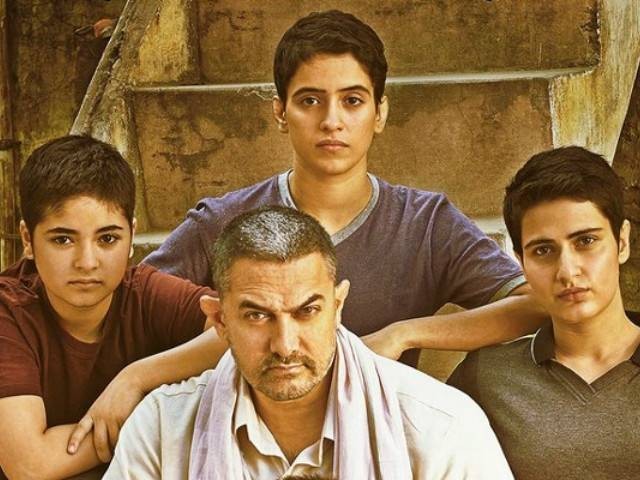 Dangal movie cover. PHOTO: PUBLICITY
Dangal movie cover. PHOTO: PUBLICITYEarlier, Bollywood had a more direct route to success: copying Hollywood films. Madhuri Dixit’s Yaaraana (1995) was a copy of Sleeping with the Enemy. Robin Williams’ Mrs Doubtfire became Chachi 420 (1997) while Baazigar (1993) was a copy of A Kiss Before Dying. The list goes on, with Yeh Dillagi (1994), Pyaar Toh Hona Hi Tha (1998), Har Dil Jo Pyaar Karay Ga (2000) and Dhai Akshar Prem Ke (2000) – some of the era’s biggest hits – were all rip-offs.
The 90s were an ‘inspired’ time for Bollywood, to say the least. But the 2000s have a less- insulting way to churn out films: based on a true story. The industry’s plagiarism days aren't over but film-makers do seem to be relying more on "inspirations" rather than imagination.
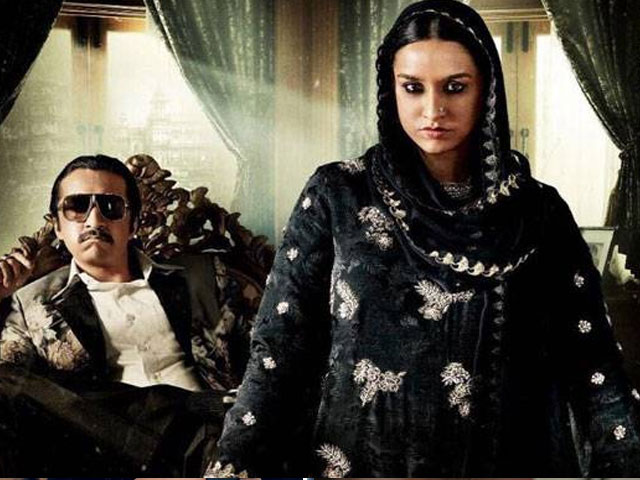 PHOTO: FILE
PHOTO: FILEIs this to avoid pointing fingers? It’s not that Bollywood doesn’t have good scriptwriters. There is no doubt that some of the original content it has given recently was thoroughly powerful and compelling. Take Jab We Met (2007), The Lunchbox (2013), Kapoor and Sons (2016), Udta Punjab (2016), Secret Superstar (2017), Piku (2015) and Newton (2017) for example. But the overwhelming number of films relying on real-life stories also indicates a lack of effort to tell new and imaginative tales.
Following suit, Pakistani cinema seems to have jumped onto the bandwagon as well. Ramchand Pakistani (2008) was the true story of a boy who crossed the India-Pak border. Mah e Mir (2016) was the story of the late poet Mir Taqi Mir and the recent Motorcyle Girl (2018) was based on Zenith Irfan – the first Pakistani female to travel the northern areas on a bike. Shah (2015) and My Pure Land (2017) were both biopics.
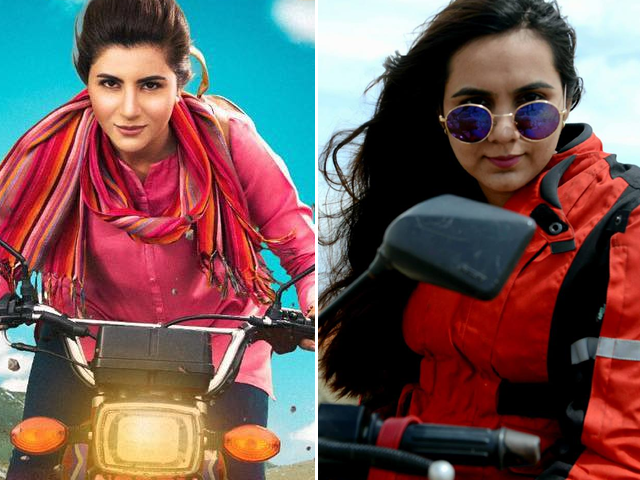 PHOTO: PUBLICITY
PHOTO: PUBLICITYOf course, our original stories are not without success either. Films such as Punjab Nahin Jaungi (2017), the Na Maloom Afraad series and Cake (2018) were all original and did well at the box office.
For Hollywood, relying on real-life stories is neither new nor overwhelming. And it’s not there due to lack of other originality. That is why, the Academy of Motion Picture Arts and Sciences has had two separate categories since the 1940s: Best Original Screenplay and Best Adapted Screenplay.
This year, Get Out (2017) won in the original category while Call Me by Your Name (2017) won in the adapted. Cleopatra (1934), Citizen Kane (1941), the first Moulin Rouge (1952) Psycho (1960) were all loosely based around real life characters. Even 1965’s Sound of Music, was a memoirs of Maria Augusta von Trapp and her family in Nazi-invaded Europe.
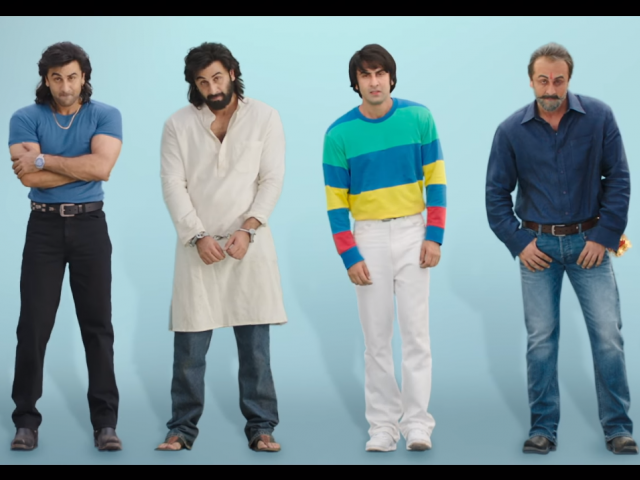 PHOTO: SCREENGRAB
PHOTO: SCREENGRABThe point is, great film can indeed be made from both real-life and a completely new story. But the demand to produce films consistently shouldn’t come in the way of creative ideas and novel storylines. 2017’s Best Film winner Shape of Water, where a mute custodian falls in love with a part human-part amphibian creature, got 13 Oscar nominations and won in four.
Truth is stranger than fiction and stories that take on real subjects and individuals will always have a drawing power. The phrase ‘based on a true story’ will always add an element of relatability and connection. But an original story told creatively is also just as important to audiences and the body of work in a film industry. One can only hope that this trend of relying on real life tales isn’t slacking off in the rat-race of trying to make more and more films. As long as there are producers and production houses who are still willing and able to invest in new content, the trend should remain a trend and not become a habit.
Have something to add to the story? Share it in the comments below.

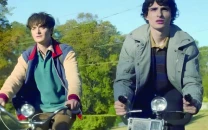
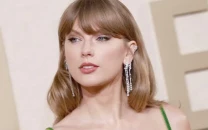
















COMMENTS
Comments are moderated and generally will be posted if they are on-topic and not abusive.
For more information, please see our Comments FAQ